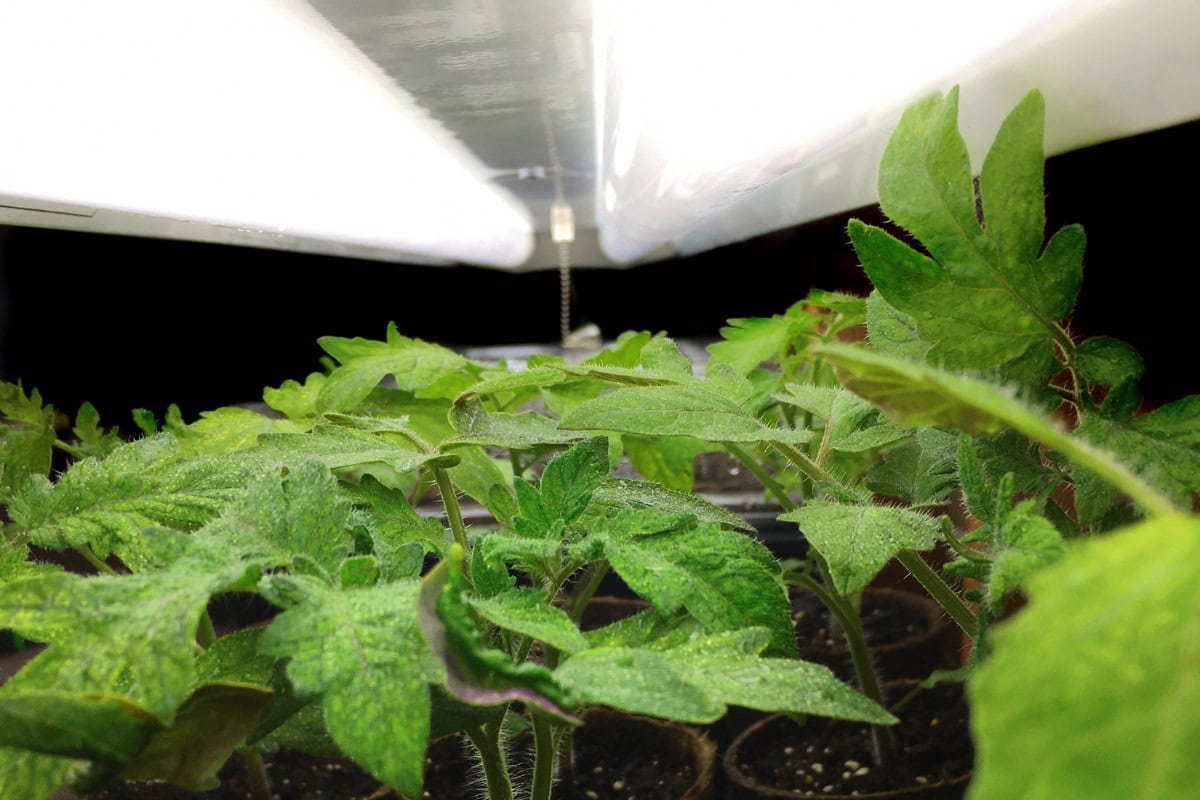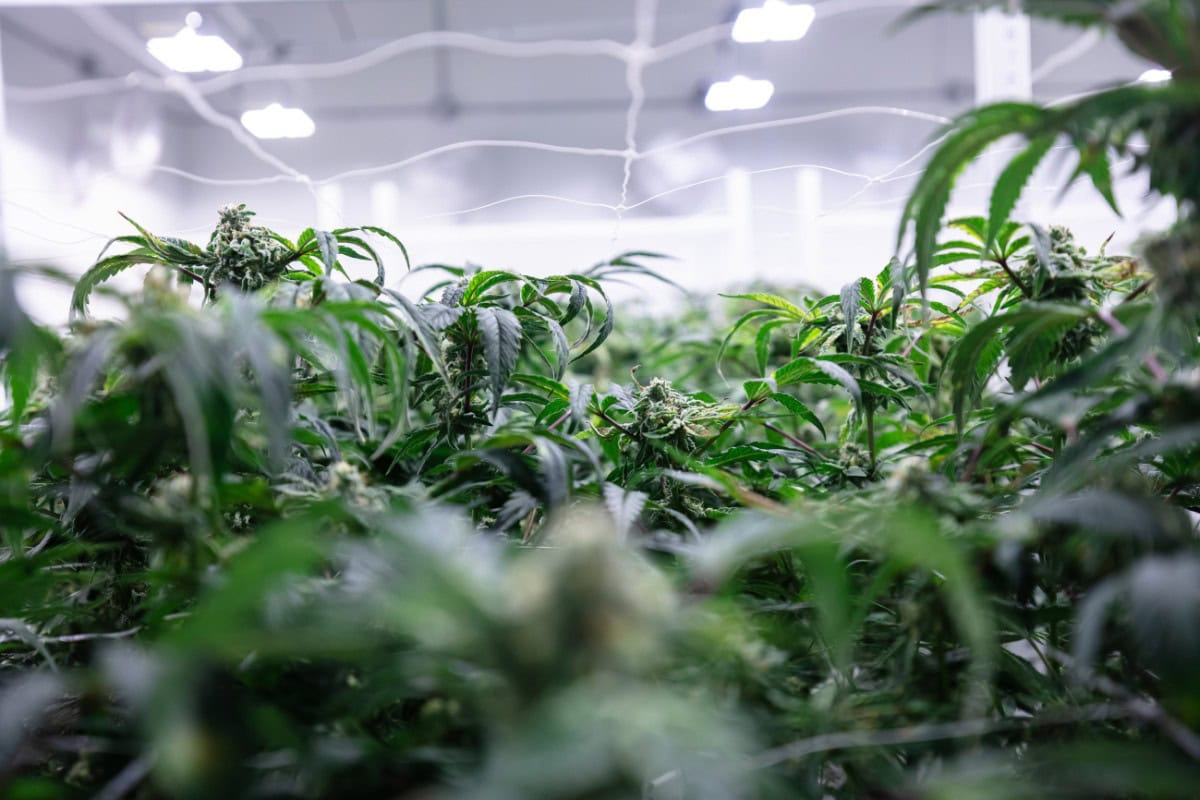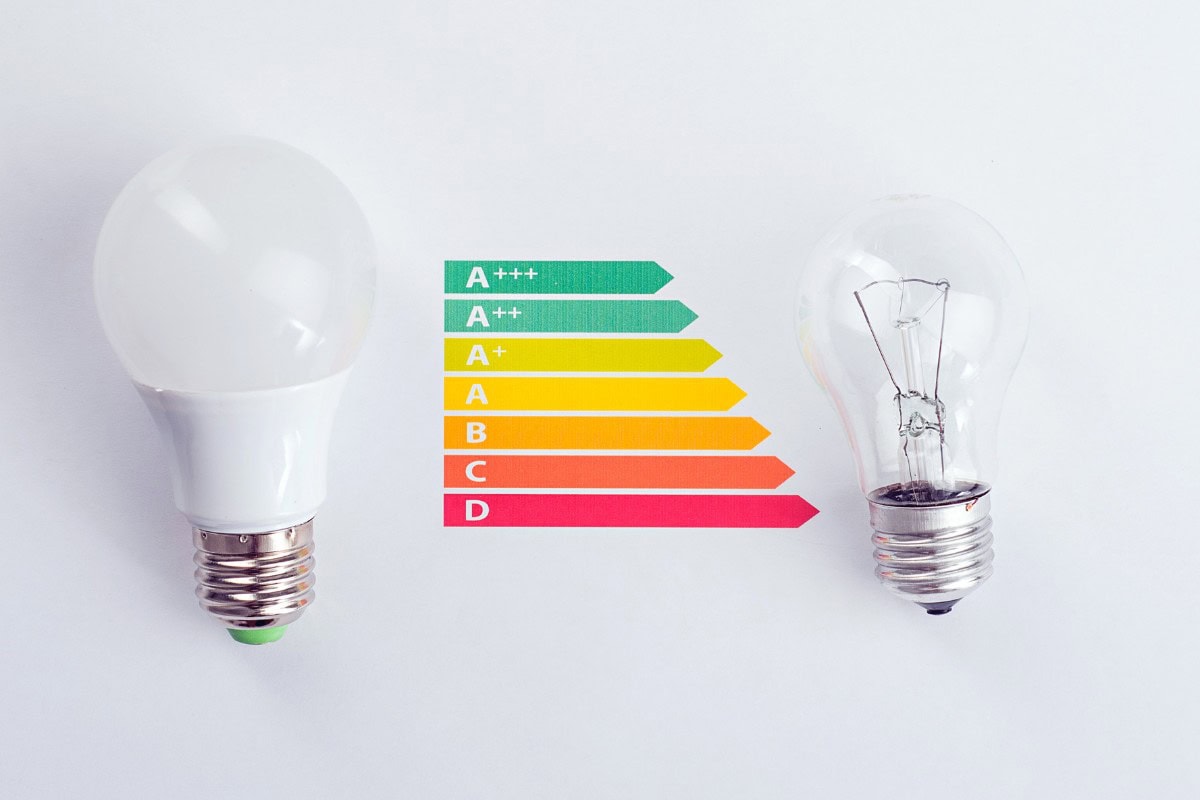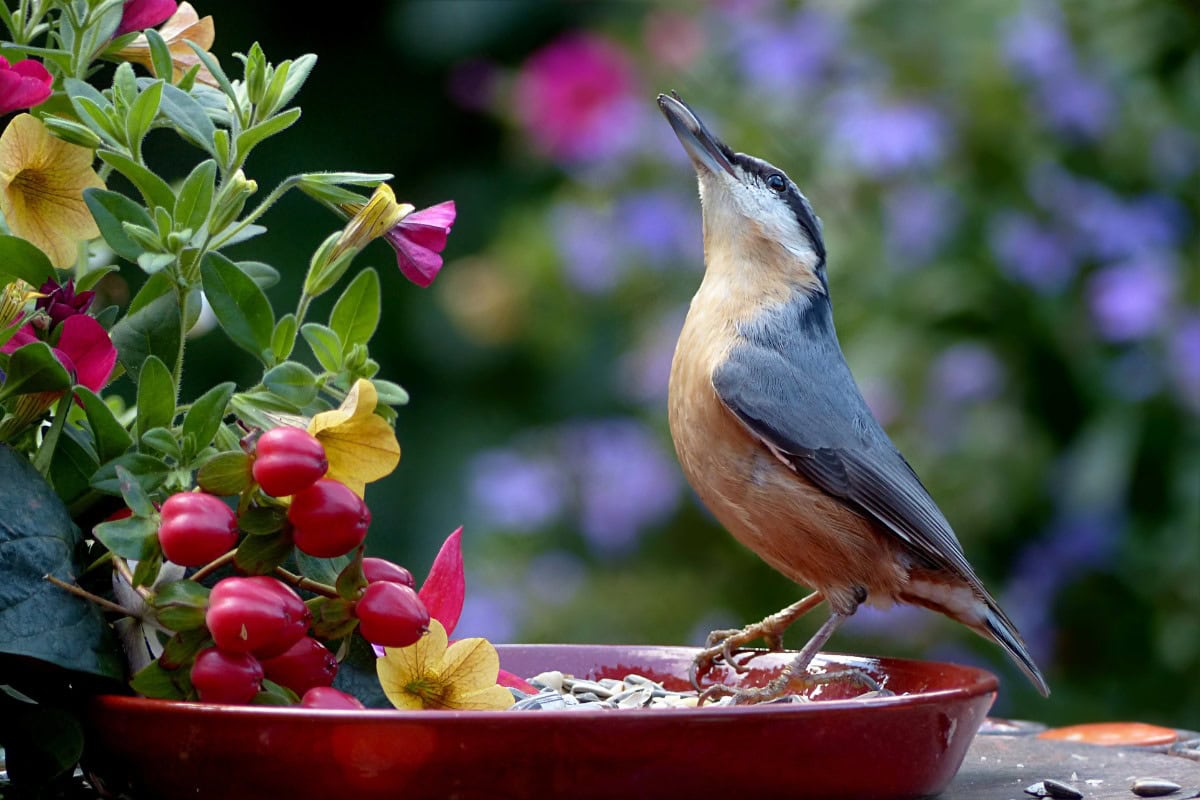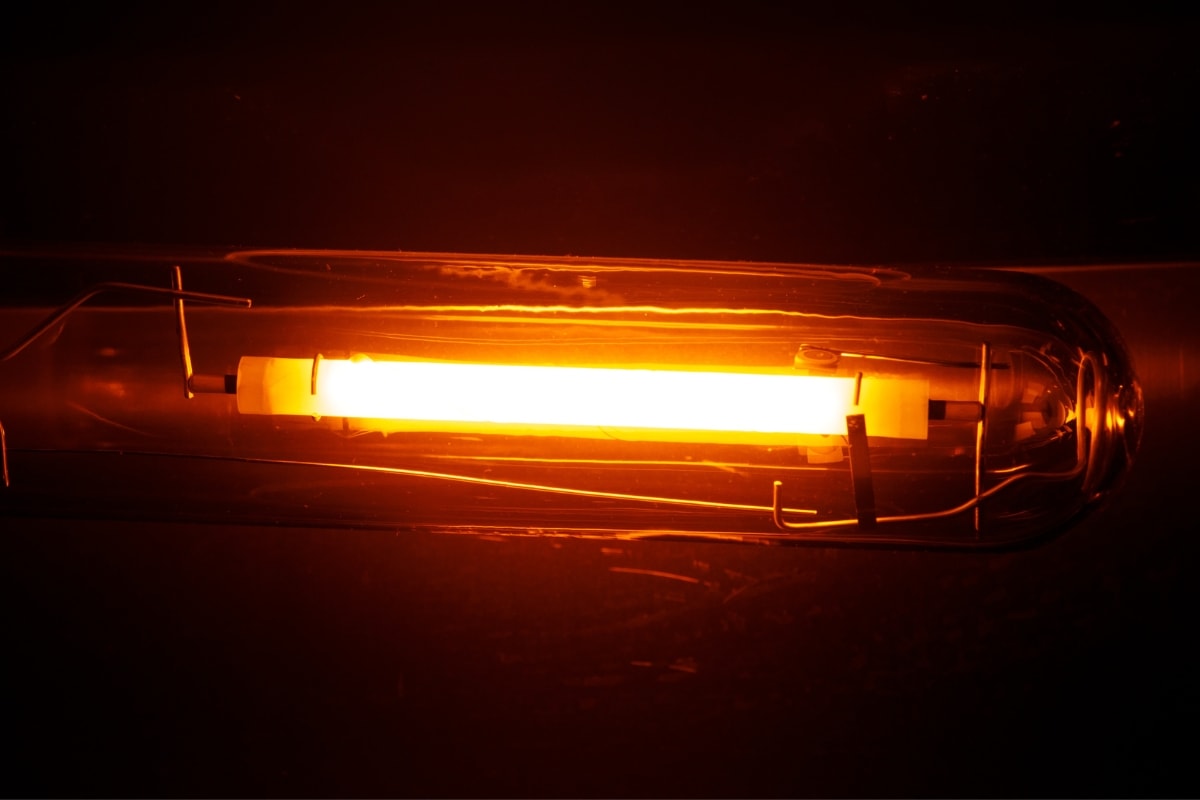While T5 lights are mostly associated with raising vegetables, achieving beautiful and rich flowering with T5 grow lights is also possible.
The flowering stage generally begins after a plant has reached a certain maturity, so it’s fine to use blue spectrum bulbs to encourage vegetative growth during the seed propagation stage. However, when flowering with T5 lights, it’s important that the majority of your bulbs are red spectrum bulbs, as they’re explicitly designed to help with this.
Flowering With T5 Grow Lights
As mentioned above, the primary function of a T5 is to encourage vegetative growth, which is why they’re often overlooked as flowering bulbs. However, there are several major advantages that this type of lighting enjoys, which makes flowering with T5 lights an excellent method to achieve great bloom.
It’s common for people to use a combination of red and blue bulbs in their fixture when using a T5 for flowering, but it’s also possible to use dual spectrum bulbs, which emit both red and blue spectrum light. Using a dual-spectrum bulb or a mix of red and blue will allow you to produce vegetation and flowering at the same time.
While a lot of people will argue that the T5 isn’t as strong as a High Powered Sodium light (popular lighting for flowering), it’s important to note that, because of the lack of heat emitted by the T5, it can be positioned a lot closer to the plants. So not only is flowering with T5 lights efficient, but it can also be achieved quicker. If you place your lamp approximately 2-2 1/2 inches above the plant, the light will penetrate the soil perfectly well, so your plant doesn’t actually miss out on any energy.
It’s important to remember that producing high-quality light is all about the amount of lumens reaching the plant. This is where T5 has a huge advantage of HPS as they can be positioned so close to the plant that their light is completely focused onto the produce, which is extremely beneficial when you consider that T5 bulbs have an excellent lumens per watt ratio.
It’s possible to achieve amazing flowering with T5 grow lights. In fact, many people use them right through to harvest. It’s important to make sure that you increase the number of red spectrum bulbs you’re using in your fitting as the plant grows, but if you monitor this successfully, the top-quality light emitted by the grow lamp will really help to encourage outstanding flowering.
Quick Tips
As indicated, a T5 is used primarily for vegetative growth, but following these few quick tips will help you maximize flowering with a T5.
- Use a good reflector to help increase the quantity and intensity of light so it can penetrate the soil better.
- Adding a couple of compact fluorescent light bulbs to support the T5 will further enhance the quality of flowering and help boost the overall efficiency of the T5 system.
- Alter the ratio of blue to red bulbs as the growth cycle progress. Start with more blue bulbs early in the cycle but be sure to use at least 75-80% red as the plant grows.
Use in Support of HPS
It’s important to note that HPS(High Powered Sodium) bulbs are generally the most popular option for growers when flowering. While they’re powerful, their size and heat output can be problematic and restrictive when positioning the lamps near the plants.
This is where the T5 is the ideal light to use in order to maximize both the quality and amount of flowering produced.
Owing to their size and low heat output, you can position a T5 bulb extremely close to the plant, ensuring it receives the maximum light available. This allows you to use the T5 in conjunction with HPS bulbs to encourage the best flowering possible.
There are two common ways to use a T5 alongside an HPS system:
- Use the T5 in a vertical fitting so that they provide light to the plants from either side while the HPS provides light from overhead. This allows you to spread the light around the entire grow chamber encouraging flowering in all plants.
- Use the T5 as a solo bulb to light any specific areas or specific plants that aren’t receiving enough light from the HPS.
Basically, the T5 can be used to spread light more evenly in a grow room and/or to ensure that every side of the plant receives light. The HPS is an extremely powerful lighting system, but the smaller, more versatile T5 can make a big difference to the overall quality and quantity of flowering by accessing areas the HPS cannot.
Ideal Conditions for Flowering With T5
While HPS bulbs will probably always be more popular to use when flowering, it’s worth mentioning that in certain conditions flowering with T5 lights is definitely the best grow lamp to use.
If you’re using a small space to grow your plants, then the HPS would be too big and produce far too much heat to effectively grow your produce and would actually be more costly (energy bill wise) and more likely to damage your plants than encourage growth.
However, flowering with T5 lights is ideal in this situation.
A T5 is the ideal system to use in smaller grow chambers – or for a smaller number of plants – because they produce such little heat but have a great lumens per watt ratio. While they may not be able to spread as much light as an HPS, they are definitely able to reach more plants because of how close they can be positioned and because they can be hung vertically.
It’s also important to note that you won’t need a separate cooling system (aside from maybe an oscillating fan) when flowering with T5 lights, as they don’t produce enough heat to damage the plants.
It’s possible to achieve fantastic flowering with T5 grow lights either as a stand-alone system or in conjunction with HPS bulbs. Their minimal heat output and incredible lumens per watt ratio allow you more freedom to position them where they can benefit the plant most which will encourage the best bloom possible.

